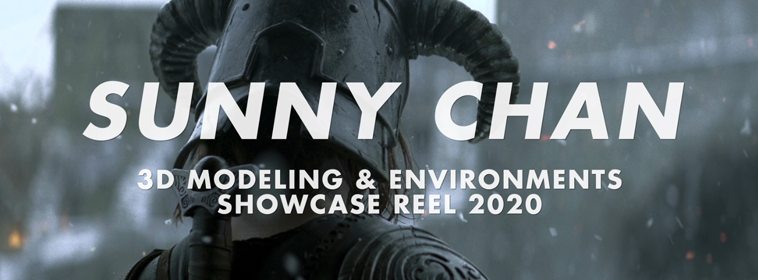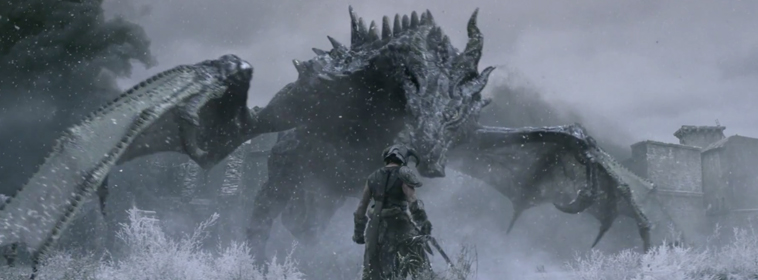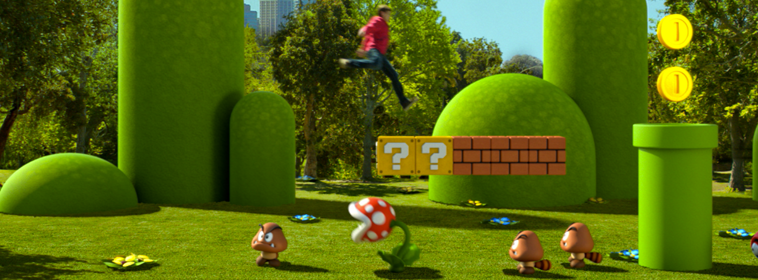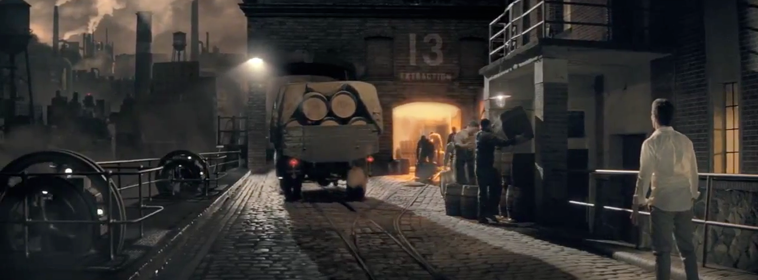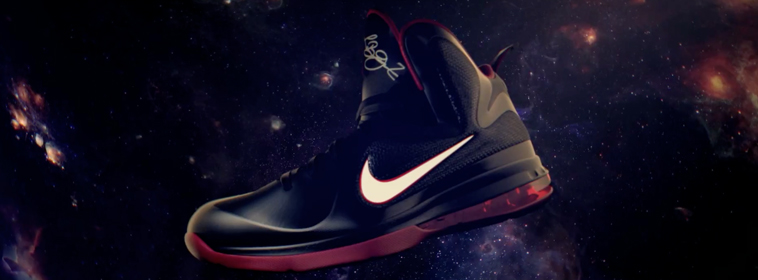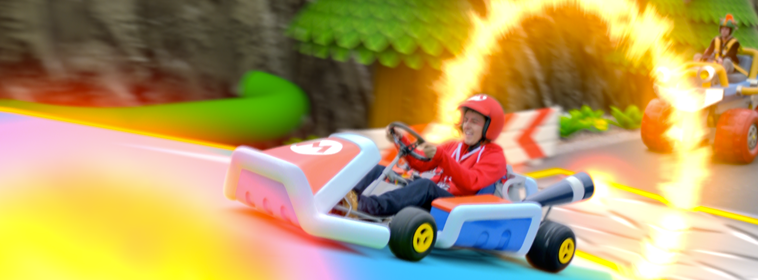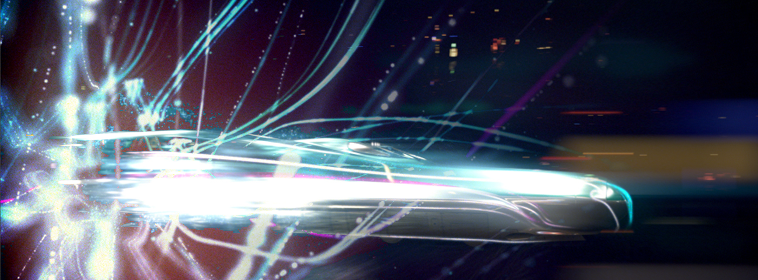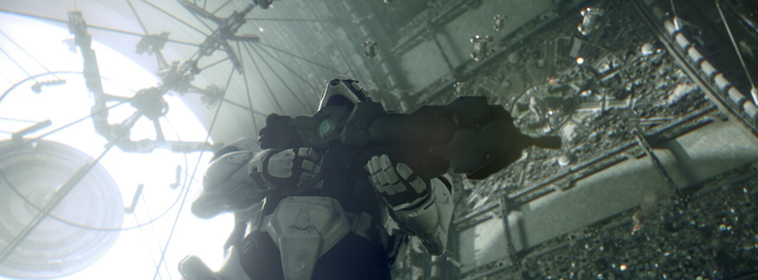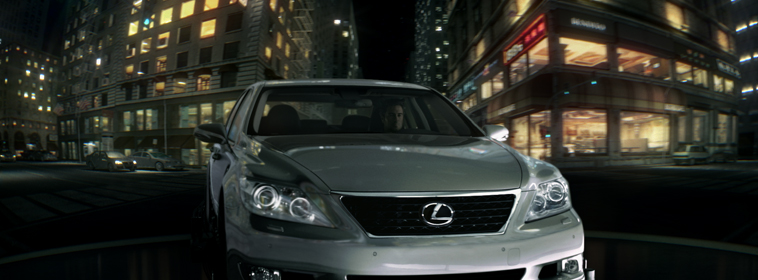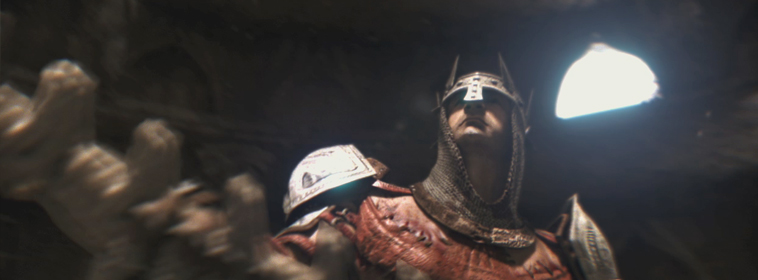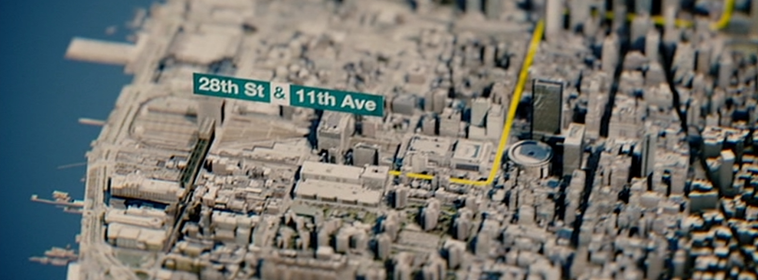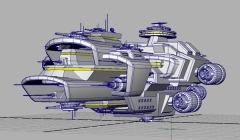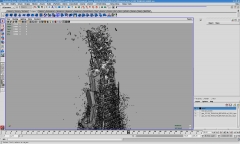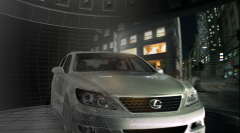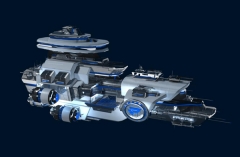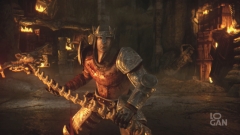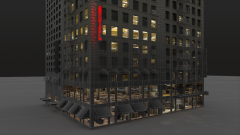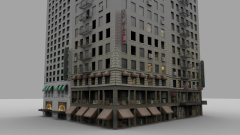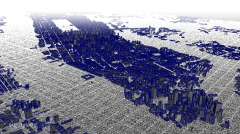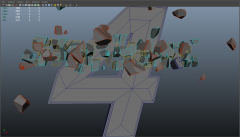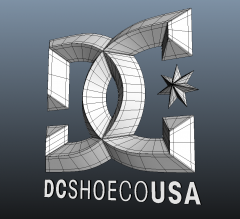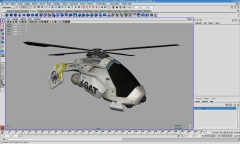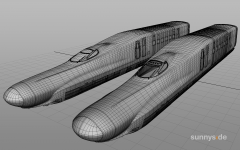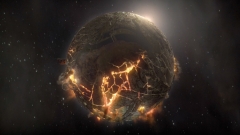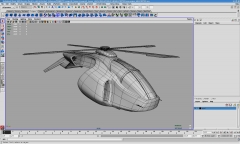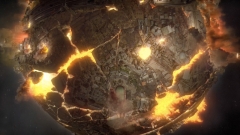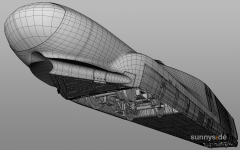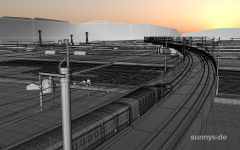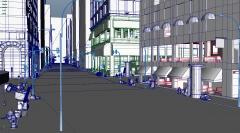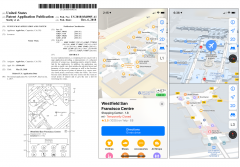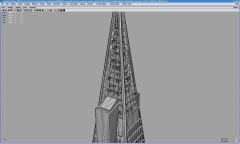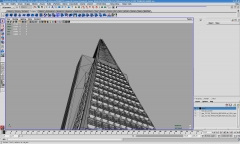Hello fellow Humans and or Machines!
Welcome to my creative and technical showcase exploring Generative AI Art with Stable Diffusion. I’m using ComfyUI along with various open source tools, software, and Visual Effects techniques to conceptualize, design, create, render, edit, composite, and output these remix experiences. My goal for these case studies is to experiment and find innovative ways to utilize Stable Diffusion as a Creative AI Art Director.
Follow my journey and check out my latest Generative AI remixes on Instagram: @SUNNYSIDETV
Project K-POP++ Music Video and Dance Performance Playlist
A vibrant and innovative field…
K-Pop is known for its visually stunning music videos, which often feature cutting-edge effects and intricate animations. These videos are a canvas for creativity, allowing artists to experiment with various techniques and styles. K-pop’s wide variety of genres is a testament to its versatility and adaptability. This diversity allows it to cater to a broad range of musical tastes, making it appealing to a global audience. Moreover, the blend of different genres within a single K-pop song or album keeps the music fresh and unpredictable. The fast-paced evolution of the genre keeps the field exciting, as artists continually push the boundaries of what’s possible in music video production.
Elevating Performance videos to new heights…
Stable Diffusion can be used to create stunning virtual environments adding a new layer of immersion to the viewing experience. It can enhance the choreography by generating unique Visual Effects synchronized with the performers’ movements, a song’s lyrics, an intricate camera transition, an impossible fashion concept, or set location. The fusion of K-Pop and AI not only promises a revolution in video production, but also a more creative and personalized experiences for fans creating and consuming content.
Stable Diffusion is a latent diffusion model, a kind of deep generative artificial neural network. It’s a machine learning-based Text-to-Image model capable of generating graphics based on text. Latent diffusion models operate by repeatedly reducing noise in a latent representation space and then converting that representation into a complete image.
One of the earliest Generative AI Video tests that started it all:

